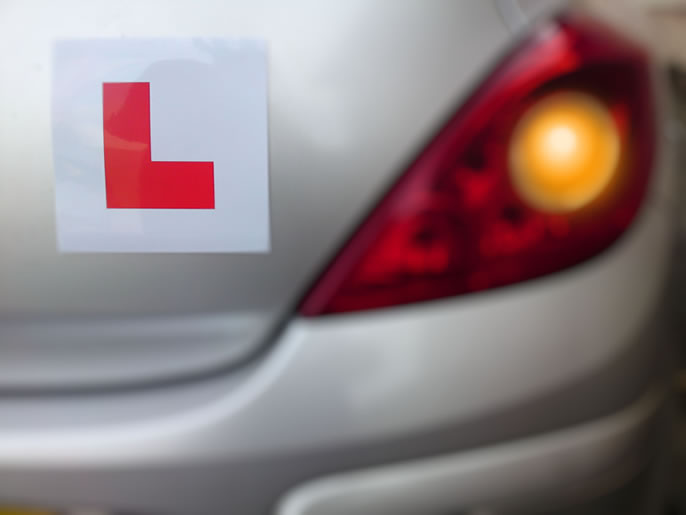Signals – Avoid Misleading Communication 
When conducting a survey amongst drivers recently, one common thread of frustration that became clearly evident was that of “use of signals” – or non -use in many cases. Below are listed some of the most popular reasons why drivers should signal with care, as wrong and misleading signals can lead from mild irritation to complete chaos for those on the receiving end.
Moving Off
When moving off wait for a safe gap before signalling. A signal given when unsafe may cause traffic to stop, thinking you are going to move out in front of them. Sometimes a signal may be unnecessary when moving off if the road is clear of vehicles and pedestrians.
Stopping
Be careful to not signal before an opening that you intend stopping after. Another driver might pull out in front of you as a result. If you think anyone could benefit from a signal, then give it.
At Junctions
If turning right or left signal accordingly. Be very careful not to signal left if there is a road to the left before the one you want. Doing so can lead to drivers in the first road pulling out as they believe you are turning in to their road. Even in filter lanes, nearby pedestrians can benefit from drivers signalling their intention to turn left.
When turning right at traffic lights remember to signal right on approach. Following traffic may well be planning their position at lights based on others signals. There are always problems when drivers put on a late right turn signal, or worse no signal. Other drivers who have spotted parked vehicles or other obstructions beyond the light controlled junction may well queue in behind the vehicle in front, expecting it to go ahead, then suddenly they get stuck behind someone who has just forgotten or not bothered to signal right.
Changing Lanes or Position- Think about Whether a Signal is Needed
Moving to the left may not require a signal. For instance, returning to the left after passing a parked car usually requires no signal as the parked car provides a shield from following traffic. Signally left indiscriminately in this situation may eventually result in another vehicle pulling out from a side road on the left, thinking that the vehicle signalling left is turning left.
Timing a Signal
When moving out to the right if the road is completely clear of all types of traffic, it may make signalling unnecessary. That said it would be unlikely to cause a problem if a signal was given.
Timing signals is important here though, as a signal given as someone is about to pass may cause them to brake sharply, thinking you will pull out in front of them. It’s usually best to signal when they are level, though in a crowded situation a signal will be needed sooner rather than later.
Leave a Comment